The U.S. Department of Agriculture (USDA) has given 25 million dollars to states to try Electronic Healthy Incentives Projects (eHIP). This plan aims to improve Supplemental Nutrition Assistance Program (SNAP) benefits by giving recipients more money when they buy fruits and vegetables at stores that are part of the effort.
Through SNAP benefits, all 50 states, Washington, D.C., and U.S. regions help low-income families by giving them cash every month. These funds are sent to people every month on Electronic Benefit Transfer (EBT) cards, which can be used at stores that accept them.
How SNAP Recipients in Colorado Benefit from the EHIP Initiative
With the help of the USDA grant, Colorado is now the second state to use this unique plan. This means that people in Colorado who get SNAP can now get extra benefits just by choosing better foods.
- Up to $60 in additional benefits each month
- Encourages the purchase of fruits and vegetables
- Funds distributed through EBT cards
It’s a win-win situation for everyone because this new incentive program helps low-income families and encourages people to eat better.
This new project began in Washington and is now moving on to Louisiana and Colorado. Through this program, people who qualify can get up to $20 back on every buy, up to a monthly limit of $60. The money will be sent directly to their accounts. The USDA says that the main goal of this project is to “increase SNAP households’ access to the healthy foods necessary for lifelong health and well-being.”
Expanding Access to Healthy Foods
The idea was first brought up in Washington, DC, in June 2023. There, the rules are clear and always the same. In the same way, KFF Health says that the average monthly SNAP payout amount in Colorado is $214. If the receivers use the reimbursement in full, their monthly benefits could go up to $274, which is a big 28% rise.
How It Works
These plans are being used at farmers’ markets and companies all over Colorado. The process is easy for the receivers, and they don’t even have to sign up. People who are taking part only need to buy fruits and vegetables at any participating store, and their EBT cards will be immediately credited with the money.
Key Points to Remember
- Recipients can receive up to $20 back per purchase, with a monthly cap of $60.
- The goal is to increase access to healthy foods for SNAP households.
- The average monthly SNAP benefit in Colorado could increase by 28% if the reimbursement is fully utilized.
- No registration is needed; the reimbursement is automatic with qualifying purchases.
This project is a big step towards improving the health of SNAP families by making it easier and cheaper for them to get healthy food. People who get benefits can get more each month if they buy fruits and veggies at stores that participate. This encourages healthier eating and better health for life.
As this project continues to grow and help towns across the country, stay up to date on it.
If you want to buy fresh food and help local farmers, market stands and farm stands are very important. These stores may not be open every day, but you can find them in Colorado Springs, Denver, Fort Collins, and all the other big cities in the state.
Eligible Foods at Market Stalls and Farm Stands
You can find a wide range of eligible foods at these markets, from the freshest fruits and veggies to frozen ones that don’t have any extra sugar, oil, or salt added. It’s not just fresh food either; dried beans, fruits, and veggies that haven’t been added with fat, sugar, or salt are also allowed.
Earn a Bonus with Your Purchases
For many people, the bonus they can earn is a great reason to shop at farmers’ markets. You can get a bonus when you buy dried fruits, veggies, and beans that don’t have any extra fat, sugar, or salt added to them. You can use this bonus at any store that takes SNAP benefits to buy other kinds of food. It’s a great way to get more food for less money and choose healthy foods.
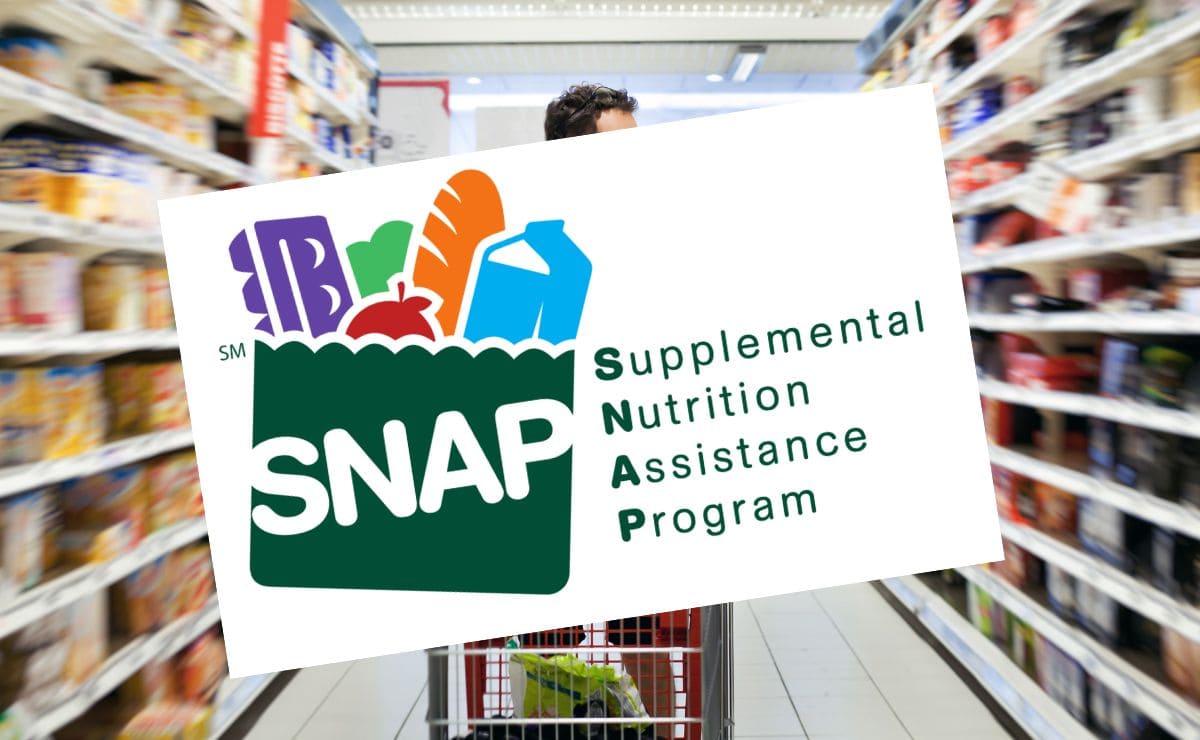
Upcoming Changes to SNAP Benefits
Good news for people who get SNAP: later this year, the highest amount of money they can get will go up by a small amount. A statement from the USDA says that this cost-of-living increase (COLA) will happen in October. All U.S. states and regions will have to pay the higher rate, except for Hawaii.
By shopping at local farm stands and market shops, you not only get the freshest food, but you also help local farmers stay in business and enjoy the extra benefits that come with your purchases. Remember to keep an eye out for these markets in your area and make the most of the bonuses and future SNAP benefit increases!
SNAP payments affecting how you spend your money? Here is the full August 2024 calendar, with times for payments in every state. This complete guide tells you exactly when to expect your benefits, which helps you keep track of your money and make plans. The US Department of Agriculture is always the best place to go for more information.
SNAP Benefits Payment Dates by State for August 2024
Below is the confirmed schedule for the distribution of SNAP benefits across the United States in August 2024:
- Alabama: August 4 to 23
- Alaska: August 1
- Arizona: August 1 to 13
- Arkansas: August 4 to 13
- California: August 1 to 10
- Colorado: August 1 to 10
- Connecticut: August 1 to 3
- Delaware: August 2 to 23
- District of Columbia: August 1 to 10
- Florida: August 1 to 28
- Georgia: August 5 to 23
- Guam: August 1 to 10
- Hawaii: August 3 to 5
- Idaho: August 1 to 10
- Illinois: August 1 to 20
- Indiana: August 5 to 23
- Iowa: August 1 to 10
- Kansas: August 1 to 10
- Kentucky: August 1 to 19
- Louisiana: August 1 to 23
- Maine: August 10 to 14
- Maryland: August 4 to 23
- Massachusetts: August 1 to 14
- Michigan: August 3 to 21
- Minnesota: August 4 to 13
- Mississippi: August 4 to 21
- Missouri: August 1 to 22
- Montana: August 2 to 6
- Nebraska: August 1 to 5
- Nevada: August 1 to 10
- New Hampshire: August 5
- New Jersey: August 1 to 5
- New Mexico: August 1 to 20
- New York: August 1 to 9
- North Carolina: August 3 to 21
- North Dakota: August 1
- Ohio: August 2 to 20
- Oklahoma: August 1 to 10
- Oregon: August 1 to 9
- Pennsylvania: August 3 to 14
- Puerto Rico: August 4 to 22
- Rhode Island: August 1
- South Carolina: August 1 to 19
- South Dakota: August 10
- Tennessee: August 1 to 20
- Texas: August 1 to 28
- Utah: August 5, 11, and 15
- Virgin Islands: August 1
- Vermont: August 1
- Virginia: August 1 to 7
- Washington: August 1 to 20
- West Virginia: August 1 to 9
- Wisconsin: August 1 to 15
- Wyoming: August 1 to 4
Remember these times and plan your month around them. Don’t be afraid to contact the US Department of Agriculture or your local SNAP office if you have any questions or need more help.





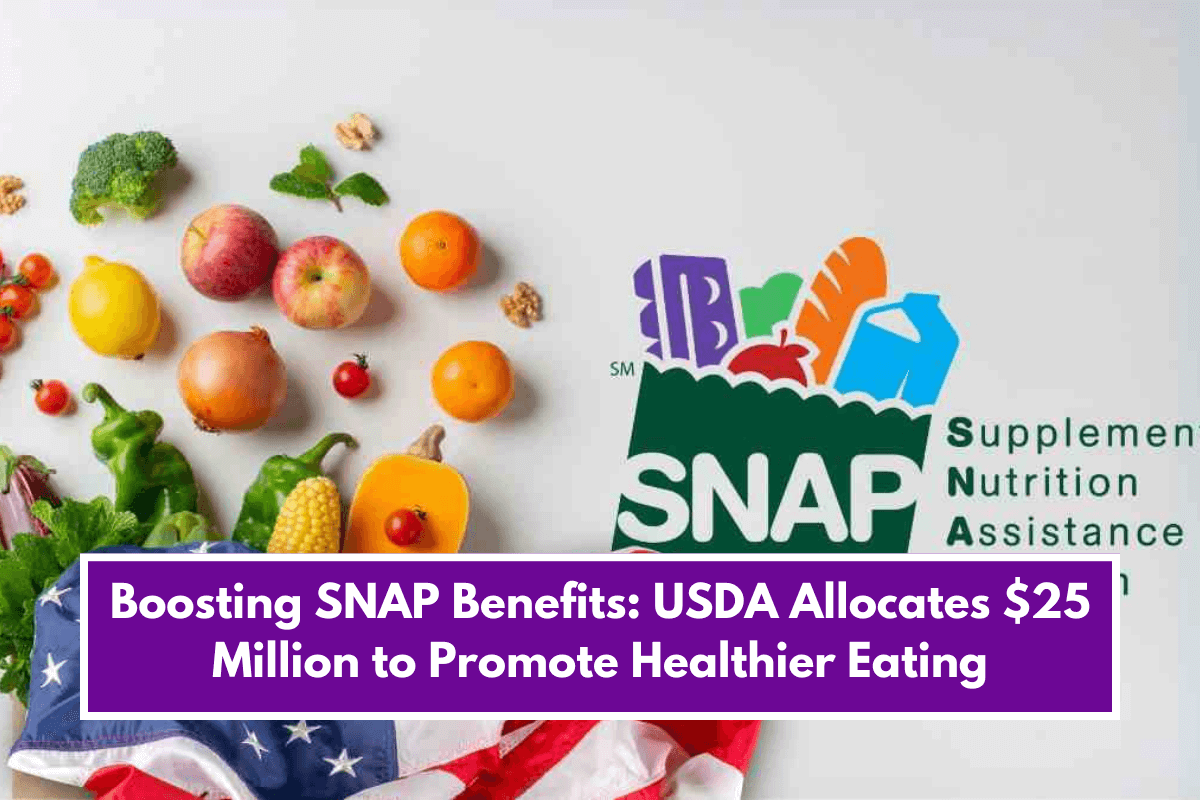
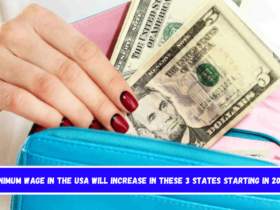





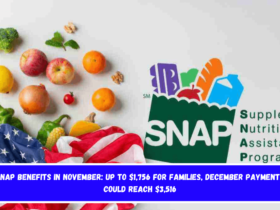

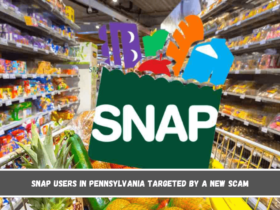
Leave a Reply